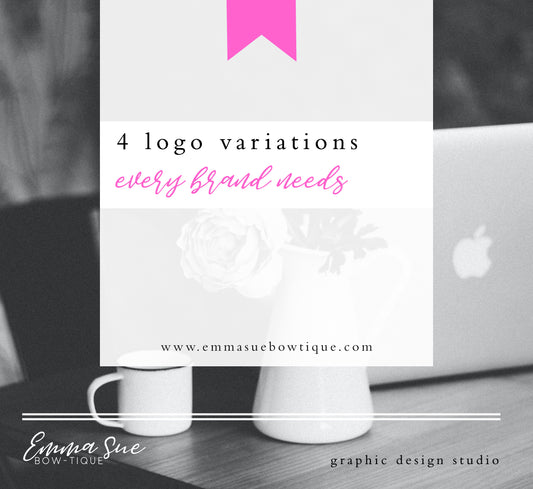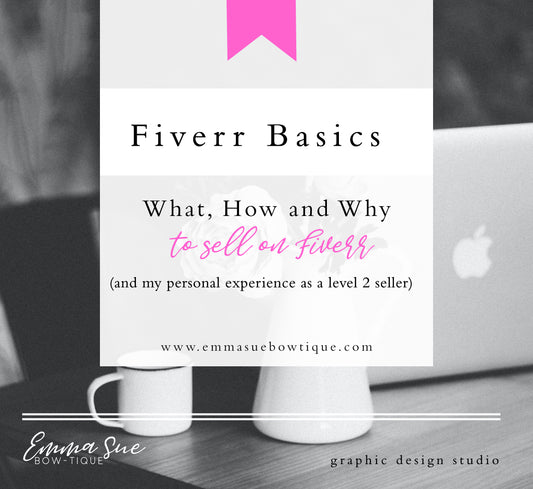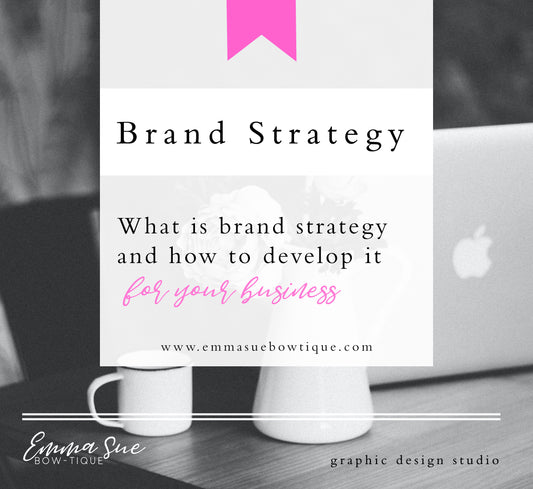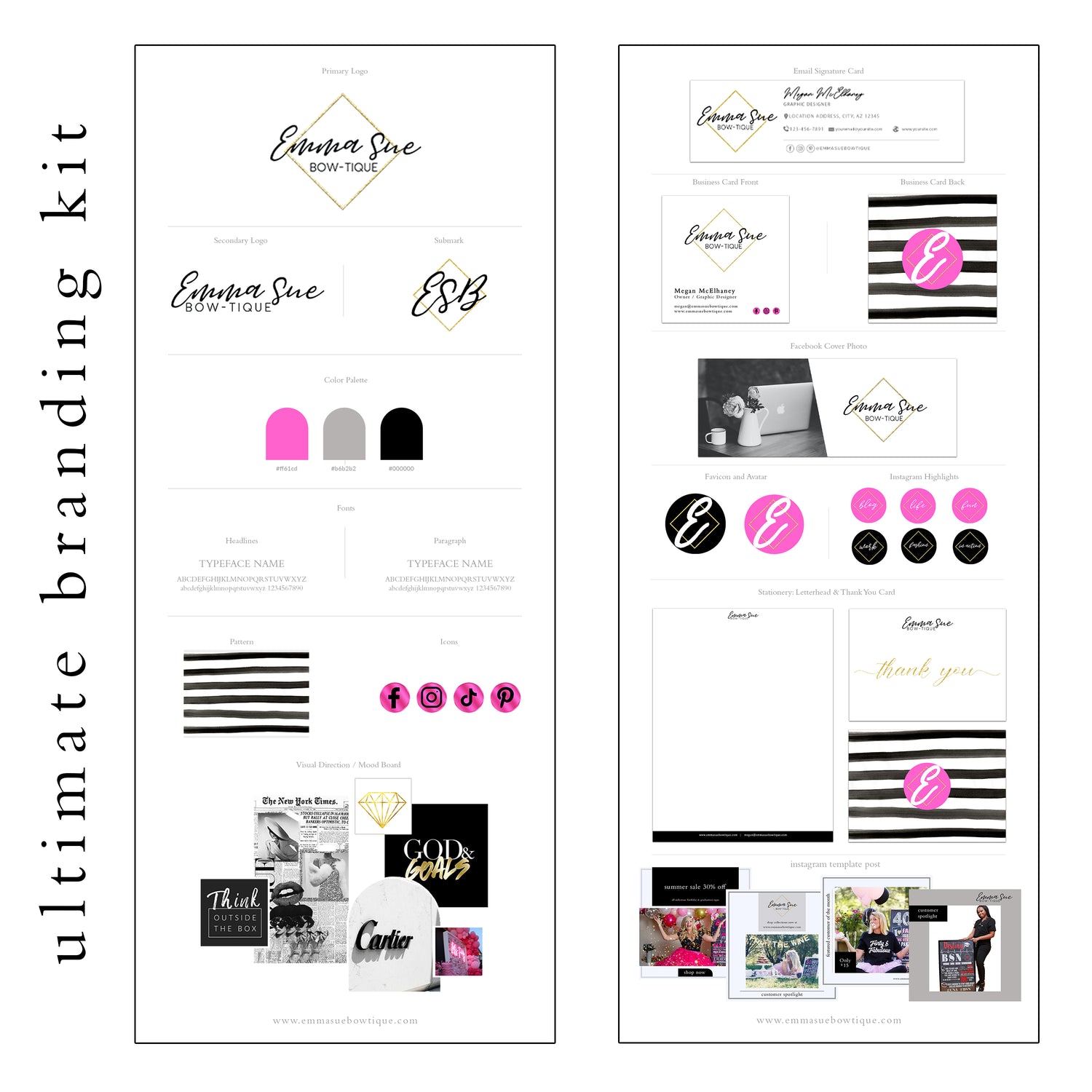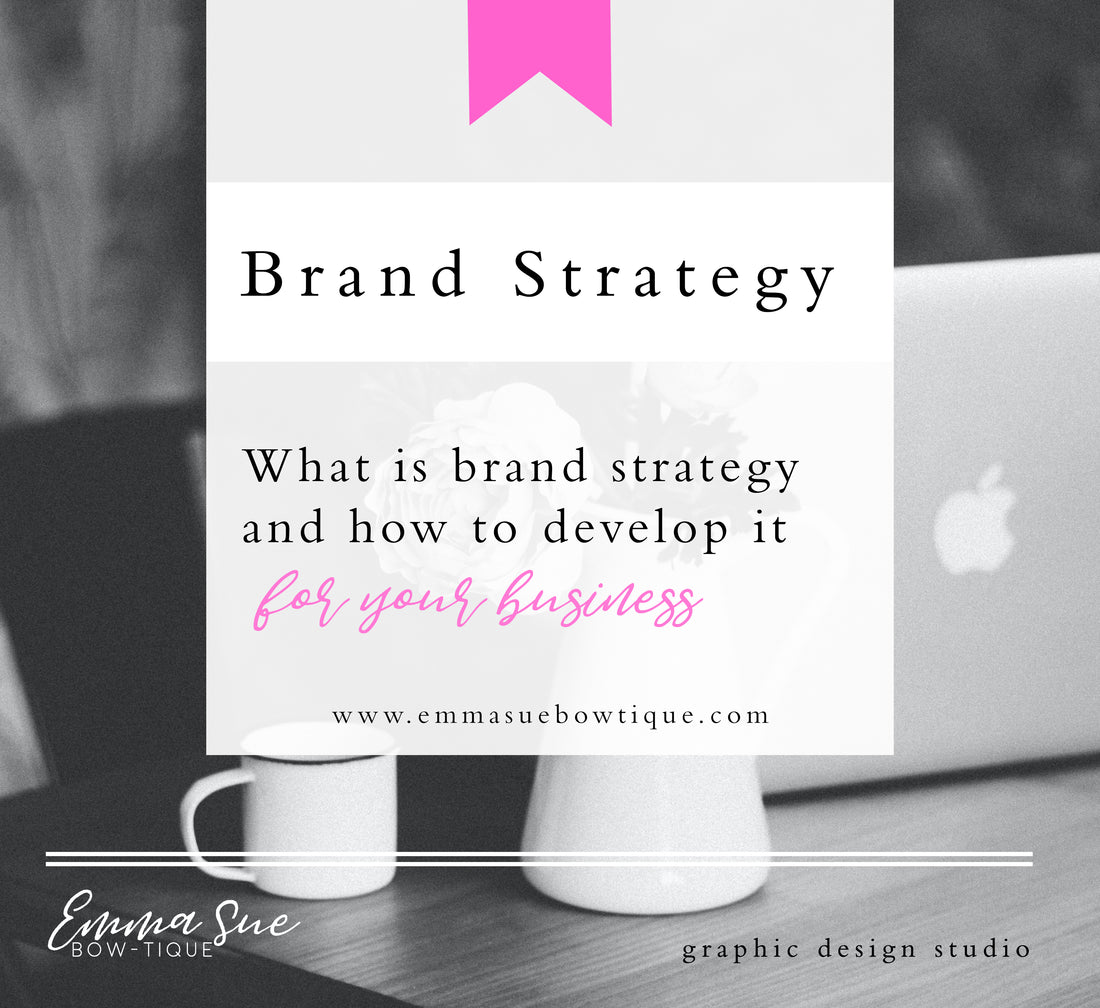

do you need assistance with developing your brand or designing a logo?
Let me help bring your vision to life. I offer a variety of packages that is perfect for the small business on a budget, or the established business that is ready to revamp everything and bring their brand to the next level. If you just want a logo or you are ready to invest in a full branding kit, I can help.
Contact me today to discuss your needs and the process.
Use the contact form below or email me directly at megan@emmasuebowtique.com
Check out my logo packages and see what fits your budget.
Contact form
check out these inspirations
-
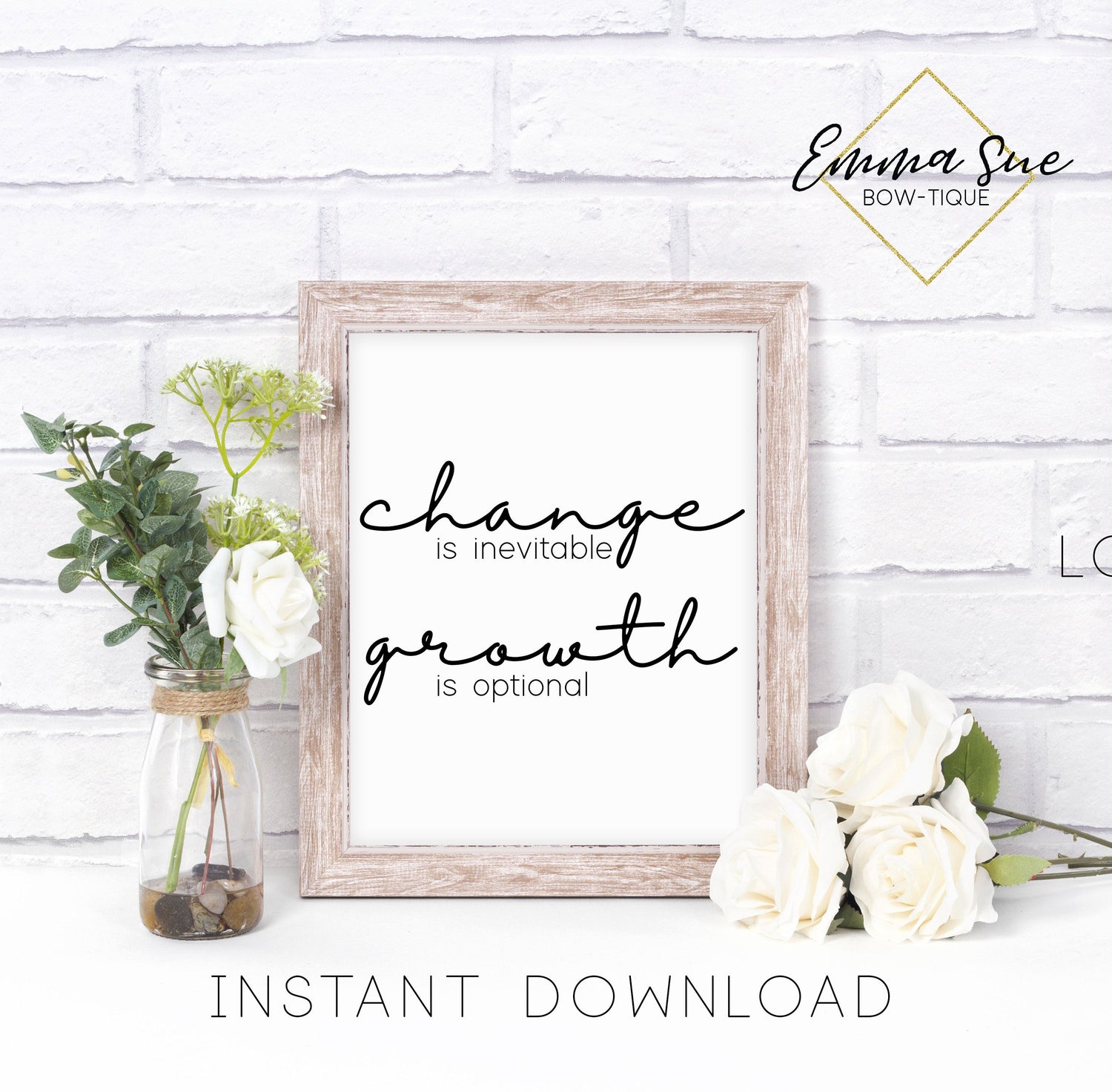
motivational - digital art
DIGITAL FILES - INSTANT DOWNLOAD - A JPEG FILE WILL BE EMAILED TO...



